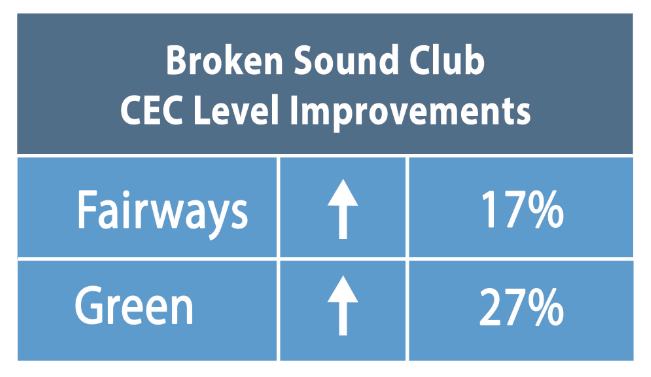
Within a teaspoon of soil you can find one billion bacteria!
These single celled workers first appeared on earth about 3 billion years ago and perform many functions including: reducing the leaching of plant nutrients from the soil, decomposing organic matter and delivering nutrients to the soil in a plant uptake ready form.
Aerobic and Anaerobic Bacteria: What's the difference?
There are two basic kinds of bacteria: Anaerobic and aerobic. Anaerobic bacteria live without oxygen while aerobic bacteria thrive in oxygen. Under anaerobic conditions, pathogenic (disease causing) bacteria are nurtured and beneficial bacteria (aerobes) can’t survive. In general, soils are aerobic and favor aerobic bacteria, creating a hospitable environment for plant and animal life.
Bacteria break down organic matter
One of bacteria’s primary jobs is to break down organic matter into simple sugars, fatty acids and amino acids – all food sources for animal and plant life in the soil.
Additionally, this break down of organic matter yields humus. In turn, this leads to increased moisture retention, reduced soil compaction and better air and water filtration.
Bacteria recycle four basic elements
Bacteria are also responsible for recycling four basic elements needed for plant and animal life in the soil: carbon, sulfur, phosphorus and nitrogen.
For example, bacteria plays a crucial role in making nitrogen available to plants in processes called nitrogen fixation and nitrification in the nitrogen cycle.
Nitrogen Fixation:
During the nitrogen fixation process, bacteria in the soil take in nitrogen gas from the air in the soil and convert the gas through a series of biochemical reactions into nitrates (the plant available form).
Bacteria conduct nitrogen fixation through a symbiotic relationship with legumes (plants like alfalfa, clover and soybeans). In this relationship, bacteria live in plant roots and form nodules where nitrogen fixing bacteria make nitrates directly available to the legume.
Nitrification:
During nitrification, bacteria living in the soil take in proteins, peptides and amino acids when they eat living and dead organisms. These proteins, peptides and amino acids are rich in nitrogen and are eventually excreted in the form of nitrites and nitrates when the bacteria dies.
The nitrification process is a critical cycle in the soil.
Adding beneficial soil microorganisms to the soil
To add beneficial soil microorganisms in the soil consider using a plant and soil probiotic like Holganix.
Holganix contains over 800 species of bacteria and 20 species of fungi. Some of the bacteria with Holganix include Nitrogen Fixing Bacteria and Phosphorus Solubilizing Bacteria (Responsible for making Phosphorus available to the plant).
By adding beneficial soil microorganisms to your soil, you replenish both your quantity of soil biology and your diversity!

 |
October 13, 2015
|
6:02 PM
|
October 13, 2015
|
6:02 PM
-2.jpg)
-1.jpg)
-1.jpg)
-1.jpg)
.jpg)

-2.jpg)
-1.jpg)
-1.jpg)
-1.jpg)
.jpg)






.webp)
-1%20(1).webp)
-831535-2.webp)



-1.png)

